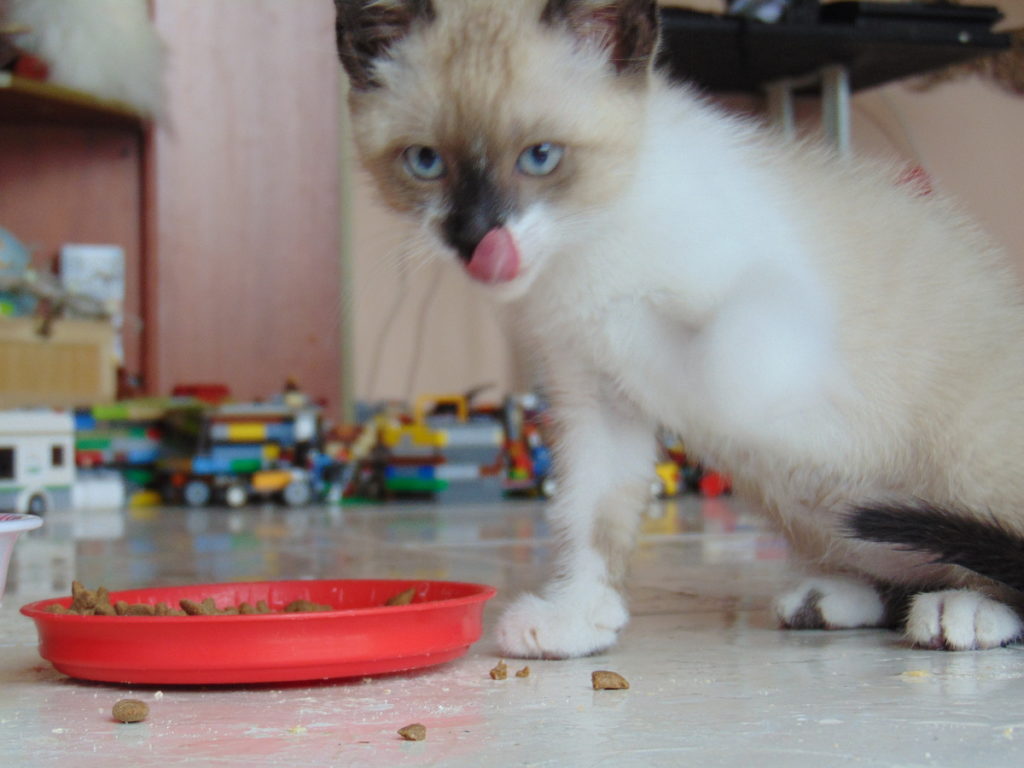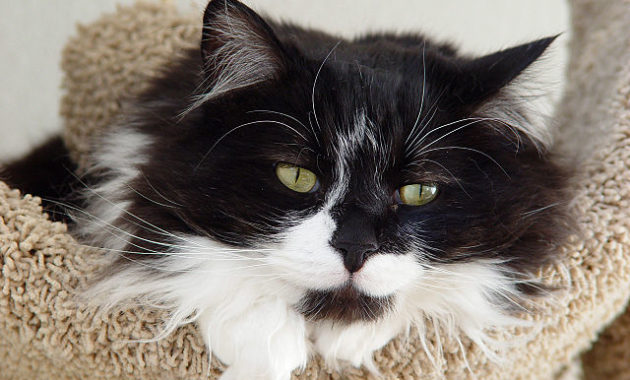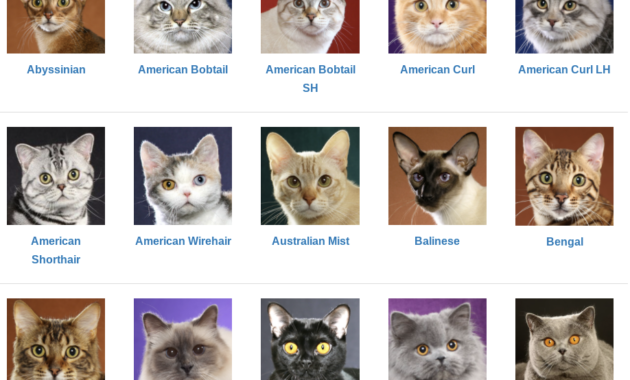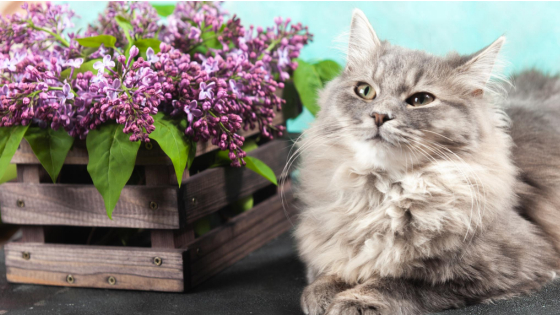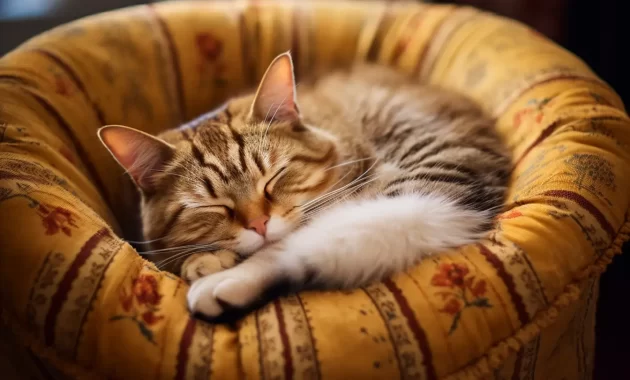
Cats are mysterious creatures that often keep us guessing regarding their behaviour.
One of the most intriguing mysteries for many cat guardians is why cats don’t vocalize more often.
We love our feline friends’ occasional meows and purrs, but why don’t they talk to us more?
As a feline behaviour specialist, I have studied this question for years.
In this article, I am going to delve into the reasons why some cats are infrequently vocal.
I will explore the potential causes—both physical and psychological—for their silence and offer advice on how to support these special felines best.
From understanding the needs of cats that rarely vocalize to providing appropriate enrichment activities, let’s dive in and discover what makes our silent friends tick!
Physical Causes Of Silence
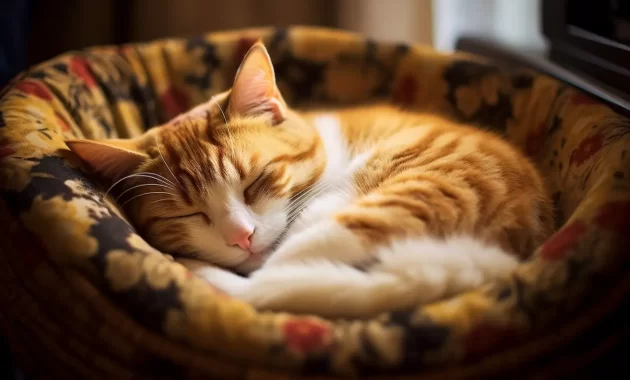
The silence of an infrequently vocal cat could be due to various physical causes.
Our first step should be to rule out serious medical issues through a health screening.
Indoor-only cats need to keep up with regular checkups, as they may not have the opportunity to build their immunity as outdoor cats do.
During the appointment, your veterinarian can evaluate your feline’s overall health and look for any potential illnesses that may be causing them to remain quiet.
Another possible cause of infrequent vocalization is stress or anxiety.
Cats are known to react differently to new environments or changes within their home, and this can lead to feelings of unease.
Paying close attention to your cat’s behaviour can help you identify if they are stressed or anxious about something in their environment.
Whether it is a new person, pet, or object you recently brought home.
If so, there are techniques you can use, such as providing plenty of hiding places and establishing predictable routines that can help reduce stress levels and encourage your cat to vocalize more freely.
Providing enrichment activities that promote physical and mental stimulation is also vital for reducing stress and encouraging healthy communication between you and your cat.
This can include interactive toys or puzzle feeders that your feline has to work out how open to get a treat!
Creating an enriched environment enables our cats to express themselves through play or vocalization while helping them feel secure in their home space.
SEE ALSO
Cats That Are Happy Being Alone
Cats That Are Highly Territorial
Psychological Causes Of Silence
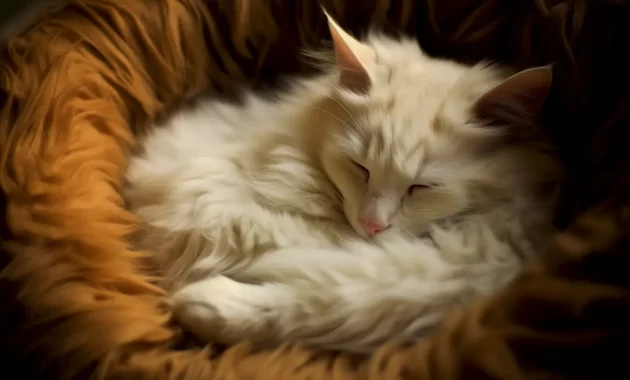
After considering the physical causes of cats being infrequently vocal, examining the psychological causes of silence is essential.
The behaviour of cats is often deeply intertwined with their emotional state, which can lead to them becoming quiet if they feel overwhelmed, anxious or scared.
Like humans, cats can experience depression and other behavioural issues due to a lack of socialization or inadequate care.
| Symptoms | Possible Causes |
|---|---|
| Lack of vocalization | Inadequate socialization |
| Aggression | Fear-based anxiety |
| Hiding away from people and other animals | Stress caused by a change in environment or routine |
| Low appetite and energy levels | Depression caused by lack of stimulation and affection |
A feline behaviour specialist should be consulted if your cat is exhibiting any of these symptoms, as they can provide helpful advice on how to address the underlying issue best.
It is important to remember that every cat is an individual, so there may not be one ‘cure-all’ solution – instead, you need to find a tailored approach that works for your pet’s specific circumstances.
Providing your cat with regular exercise, mental stimulation, social interaction, and plenty of love and attention will go a long way towards keeping them calm, contented and vocal.
Building A Bond With A Quiet Cat
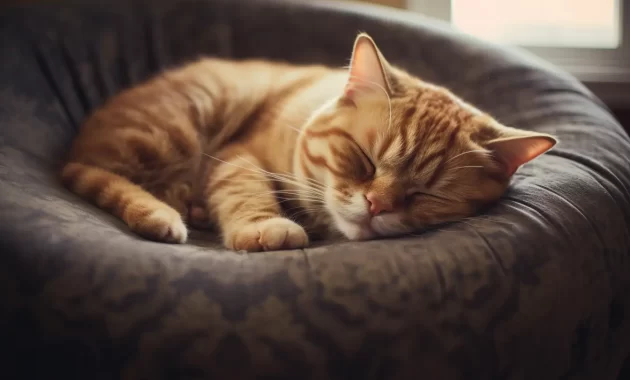
Infrequently vocal cats can be a bit of a challenge to connect with.
Understanding their needs and desires can be difficult, but building a solid bond with them is possible.
As a feline behaviour specialist, I recommend starting by learning how to interpret their body language.
Cats use their entire bodies to communicate, so observe your cat’s movements and facial expressions.
This will help you better understand what your cat wants and needs.
Once you become more familiar with how your quiet cat communicates, finding ways to communicate back is essential.
One way cats show affection is through play, so engaging in interactive games with your cat will help build trust and form an emotional connection between the two of you.
Be sure to use toys or objects they enjoy playing with, such as strings or feathers on sticks.
Playing together is also a great way for cats to burn off excess energy, reducing stress levels and increasing feelings of contentment between you.
Building a strong bond with your quiet kitty requires patience and understanding, but it is possible!
You can develop a meaningful long-term relationship with time, effort, and practice.
Encouraging Vocalization
Building a strong bond with a quiet cat is essential to helping them express themselves more freely.
When done correctly, you can slowly help encourage vocalization in infrequently vocal cats.
As a feline behaviour specialist, I have found that proper conditioning is effective in helping cats become less timid and more willing to make eye contact and communicate.
By engaging your cat in vocal playtimes, such as making chirping or meowing noises, you can also help them feel more comfortable making those sounds.
You may also want to consider using toys like feathers on strings that make interesting sounds when dragged across the floor.
This helps teach your cat that making noise isn’t something to be scared of and can even be fun!
The key here is to reward your cat for making a sound.
Every time they make a meow, chirp, or purr, give them lots of positive reinforcement – like treats and petting.
Doing this will create lasting associations between their vocalizations and rewards – teaching them that it’s okay (and even beneficial!) to communicate through sound.
With enough practice, your once-quiet cat could become quite the chatterbox!
Providing Enrichment Activities
Infrequently vocal cats can still benefit from enrichment activities.
As a feline behaviour specialist, I recommend providing creature comforts to create a welcoming environment for your cat.
This could include soft bedding and blankets in a quiet home space, such as an office or bedroom.
Adding plush toys and scratching posts can also help satisfy the instinct to explore and play.
Playtime is essential for cats that are generally quiet.
It’s important to be creative with ideas here – beyond the classic laser pointer game, try interactive toys like feather wands or robotic mice to spark engagement and curiosity.
These activities should be tailored to the individual cat’s personality; if you have multiple cats in your home, you may want to keep their playthings separate so they all get enough attention.
Enrichment activities will help foster positive behaviours since cats that don’t vocalize much don’t always communicate their needs.
Ensuring ample stimulation and opportunities to engage with their environment is critical to their well-being.
By providing creature comforts and creating fun playtime ideas, you can ensure your cat stays happy and healthy – even if they’re not one of the loud ones!
Frequently Asked Questions
What Are The Most Common Breeds Of Cats That Are Infrequently Vocal?
Managing expectations of pet ownership is critical when it comes to living arrangements.
As a feline behaviour specialist, I often come across those who are taken aback by the fact that many cats are not particularly vocal.
While all cats have unique personalities and preferences, some breeds tend to be less vocal than others.
The most common species of cats that are infrequently vocal include the British Shorthair, Persian, and Ragdoll.
Regardless of breed, it’s important to remember that each cat is unique and may express itself differently than expected.
With the proper management and expectations for your pet, you can create a loving home for you and your furry friend.
Are There Any Risks Associated With A Cat Being Too Quiet?
Yes, there are risks associated with a cat being too quiet.
Cats must receive environmental enrichment and socialization to ensure they reach their full potential as pets.
If a cat is too quiet, it may indicate underlying issues such as stress or depression.
A feline behaviour specialist can help provide your cat with the necessary resources to ensure it can live a healthy and happy life.
With the right environment, training and socializing, you can help your feline friend become more vocal and engaged in its environment.
Are Any Medical Conditions That Might Cause A Cat To Be Quieter Than Usual?
Yes, medical conditions can lead to a cat being quieter than usual.
Dietary needs and environmental factors can affect how cats communicate with their owners.
For instance, if your cat is not receiving enough nutrition or is exposed to too much stress, it may be less inclined to vocalize.
Additionally, illnesses such as colds and infections can cause a decrease in meowing and purring.
As a feline behaviour specialist, I recommend consulting with your veterinarian if you notice any changes in your cat’s volume or frequency of vocalization.
Can A Cat’s Vocalization Be Trained?
With patience and positive reinforcement, cats can learn to become more vocal.
A feline behaviour specialist will tell you that managing stress and providing a safe, secure environment is essential for successful vocalization training.
By understanding your cat’s needs and applying reward-based training with treats, toys, and praise, you can improve their communication skills.
Utilizing the power of positive reinforcement, it’s possible to nurture your cat’s inner voice lovingly and gently.
What Is The Best Way To Get A Quiet Cat To Become More Social?
When getting a quiet cat to become more social, the key is providing the proper stimulation.
The best way to achieve this is through interactive playtime. Try introducing your cat to puzzles or other activities to keep them mentally engaged and motivated.
It’s also important to take time out each day to spend quality time with your cat, such as cuddling, petting and brushing its fur. This will help build trust between you and your feline friend, making it feel more comfortable coming out of its shell.
Socializing cats can be challenging, but with patience, consistency and plenty of love, you’ll soon see an improvement in your pet’s confidence levels!
Conclusion
Infrequently vocal cats can be a challenge to keep as pets. While they may not vocalize much, these cats still require love and attention.
It is estimated that around 25 per cent of cats are considered low-vocal, requiring extra patience and understanding from their owners.
Understanding why a cat may be quiet and taking the necessary steps to make them more social can help create a better relationship between pet and owner.
As a feline behaviour specialist, I strongly encourage owners of low-vocal cats to be patient and understanding when attempting to train them.
With enough time, love, and affection, even the quietest cat can become an essential part of your family.

